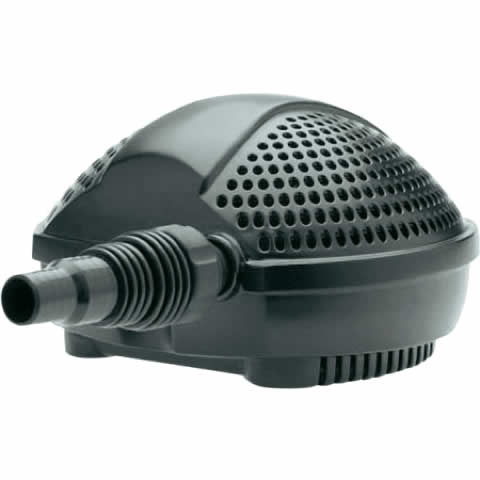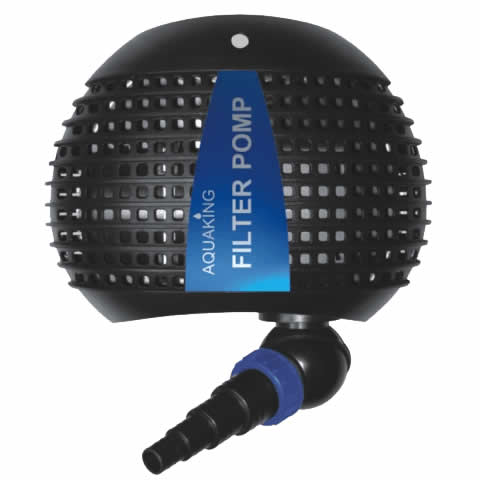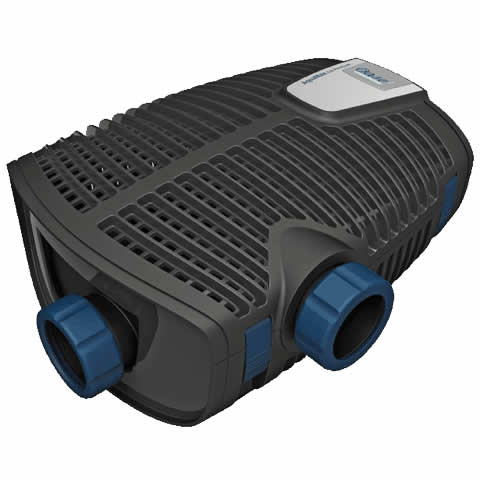Can you help us with the website?
Don't worry, it's small text information that helps us evaluate the site or target relevant advertising. More about cookies here.
It will help us greatly if you enable everything. You can only enable the cookies you want. Alternatively, it is possible to disable everything except those strictly necessary for the functioning of the site.
Have you decided to add a new dimension to your beloved garden? Then it's time to think about buying a pump for your new pond. These, together with filtration, are the most important part of pond technology. The pumps, beside connection to the filtration system, can be used to create a number of effects such as fountains, waterfalls, watercourses, etc. Of course, they also supply oxygen to the water and help living organisms in your pond, whether they are fish or aquatic plants. Ensuring the movement of water in the pond will help with the multiplication of mosquitoes in the pond - the larvae will not have the opportunity to hatch as in "standing water". You should get the pump based on main purpose of use - fountain pumps, which spice up your garden with the sound of flowing water, or a filtration pump, thanks to which the water in your pond will always be crystal clear.



WE DO NOT currectly SELL these pumps on our site.
Shopping with us
Personal collection of goods
Opening hours
Payment options








Delivery options












Contact
Copyright © 2024 BOLA spol s.r.o.

 Bola.cz
Bola.cz